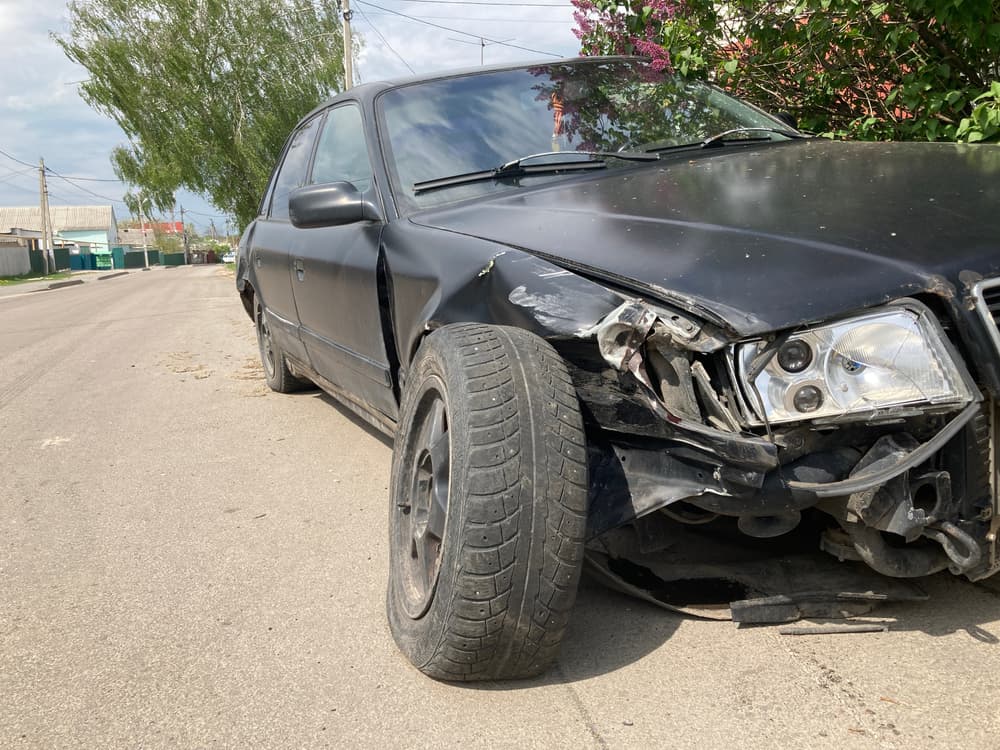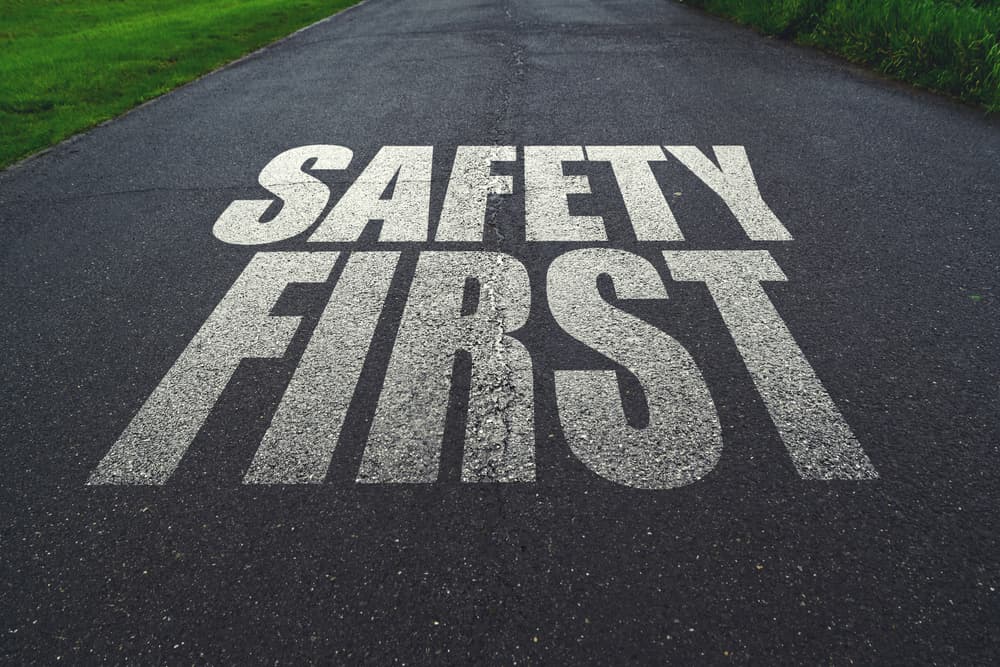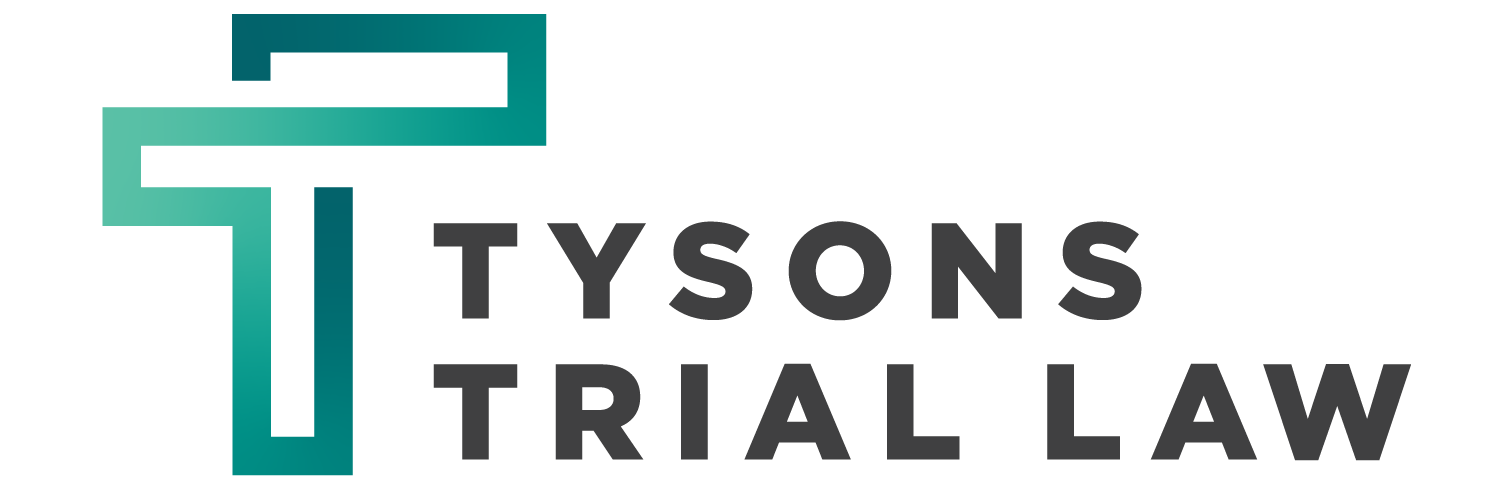We’ve all been there – cruising down the highway, playing music, caught up in the easy rhythm of the road. Cars have woven themselves so tightly into our daily lives that it’s easy to forget how dangerous they are.
While modern cars are much safer than the original Model Ts, we’re still zipping around in multi-ton metal boxes powered by controlled explosions.
For all the safety features, you’re ultimately putting your life in the hands of thousands of other drivers who could make a single mistake and turn your car into a crumpled hunk of twisted metal.
Car accidents happen literally every single day, at all hours. If you’ve been unlucky enough to be in one, you know just how terrifyingly fast it can all go wrong.
One second you’re vibing, and the next, there’s a horrific crunching sound as your car accordions against something huge and unforgiving. Most of the time, you never even see it coming until it’s too late.
Let’s examine some types of car accidents and their impacts, with insights from a McLean car accident attorney.
Rear-End Collisions
Rear-end collisions are among the most common types of car accidents. They occur when one vehicle hits the back of another. These accidents often happen due to tailgating or sudden stops by the lead vehicle.
Depending on the force of impact, common injuries from rear-end collisions include whiplash, back injuries, and head injuries. Vehicle damage is usually concentrated on the rear of the struck vehicle and the front of the colliding vehicle.
Head-On Collisions

Head-on collisions are extremely dangerous and potentially fatal. They occur when the fronts of two vehicles hit each other. These accidents often result from wrong-way driving, distracted driving, or driving under the influence.
The damages from head-on collisions are severe, including total vehicle destruction and critical injuries or fatalities to the occupants, such as traumatic brain injuries, spinal cord injuries, and internal bleeding.
T-Bone or Side-Impact Collisions
T-bone or side-impact collisions happen when the front or rear of one vehicle hits the side of another. These are common at intersections, often due to failing to yield, running red lights, or other negligent driving.
The damages can be severe in T-bone collisions, especially for the occupants on the impacted side, including broken bones, head injuries, and internal injuries. Vehicles can suffer extensive damage to their sides, which absorb less impact than the front or rear.
Sideswipe Collisions
Sideswipe collisions occur when the sides of two parallel vehicles touch or scrape against each other. These accidents are common in lane changes and merging scenarios, where drivers may not see the other vehicle in their blind spot.
While often less severe, sideswipe collisions often lead to loss of vehicle control, resulting in further accidents. Damages may include dents, scratches, and mirror damage, with the potential for more severe outcomes if you’re forced off the road.
Single-Vehicle Accidents
Single-vehicle accidents involve only one vehicle hitting an obstacle, such as a tree, pole, guardrail, or rolling over. Causes include driver distraction, intoxication, poor weather conditions, or avoiding an animal or debris on the road.
The damage can be severe, depending on the speed and nature of the obstacle. Injuries can range from minor to fatal, and the vehicle may suffer from total loss.
Multi-Vehicle Pile-Ups
Multi-vehicle pile-ups involve several vehicles and are often the result of chain-reaction collisions. These occur on busy roads or highways, particularly in poor visibility or slippery conditions.
The damage can be extensive and complex, making it difficult to determine fault. Injuries can vary widely in severity, with a high potential for fatalities.
Rollover Accidents
Rollover accidents resulting from speed and sudden turns are particularly violent. Sport Utility Vehicles (SUVs) are more susceptible due to their higher center of gravity.
Damages in rollover accidents are typically substantial, with the vehicle often being totaled. Occupants may suffer from severe injuries, including head injuries, spinal cord damage, and fatalities.
Hit and Run Accidents
Hit-and-run accidents involve a driver causing an accident and then leaving the scene without providing information or assistance. Depending on the nature of the accident, the damages vary.
Victims may face not only physical injuries and vehicle damage but also the challenge of seeking compensation without the at-fault driver’s information.
Prevention and Response

Preventing car accidents starts with responsible driving, including adherence to speed limits, staying alert, and avoiding distractions.
Knowing how to respond after an accident is equally important. This includes checking for injuries, calling emergency services, exchanging information with other drivers, and documenting the scene and damage.
Emotional and Psychological Impact
The emotional and psychological aftermath of car accidents extends far beyond physical injuries, often leading to long-lasting trauma for those involved and their families.
Victims may experience symptoms of Post-Traumatic Stress Disorder (PTSD), including flashbacks, nightmares, severe anxiety, and uncontrollable thoughts about the accident.
The road to healing is challenging and requires acknowledging the trauma, seeking professional help, and tapping into support systems.
Mental health professionals, such as psychologists and therapists specializing in trauma, offer personalized coping strategies and therapies like Cognitive Behavioral Therapy (CBT) to aid recovery.
Families of accident victims also bear a significant emotional burden. The sudden shock, worry for loved ones, and the stress of potential loss of income often leads to profound emotional distress.
Families might need to adapt to new roles, especially if the victim requires long-term care, further straining family dynamics. Support groups, family counseling, and community resources are crucial in providing emotional and practical support during these times.
Legal Aspects of a Car Accident

You need a personal injury lawyer in McLean who can navigate the legal aspects of your claim to ensure fair treatment and compensation. When dealing with insurance claims, hiring a lawyer who understands your policy’s coverage is the first step toward securing the compensation you deserve.
Document everything meticulously and communicate effectively with your insurance provider.
You need a lawyer who knows your legal rights and responsibilities, such as the obligation to report the accident and exchange information with other parties involved.
A lawyer will understand liability and fault, and how they directly affect the outcome of insurance claims and potential legal actions.
If these things sound confusing, they are, especially after a serious accident. Consult a car accident lawyer, especially in complex cases where the at-fault driver disputes liability.
